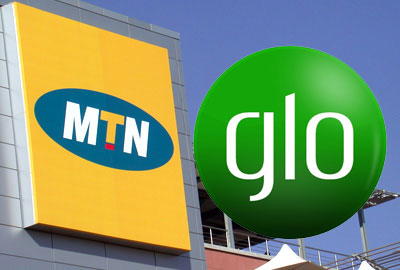African operators, including Nigeria’s four major telecom operators, MTN, Globacom, Airtel 9Mobile and other mobile broadband service providers, are put on alert over the massive growth that will hit the continent in the next six years.

The growth is expected to hit the continent from improvements in Long Term Evolution, LTE and mobile telecommunications subscriptions.

The growth is expected to hit the continent from improvements in Long Term Evolution, LTE and mobile telecommunications subscriptions.
Among several reports that have predicted Africa’s growth, the latest regional appendix to the Ericsson Mobility Report was more explicit. The report forecasts that there will be massive growth in LTE and mobile subscriptions between 2017 and 2023.
The level of growth, according to Ericsson will trigger network evolution, meaning that in order not to be caught unawares or resort to playing catch up when the chips are down, operators should begin now to gradually optimize their networks.
This warning concerns the Nigerian telecom operators the more, considering their places in African telecom revolution. Nigeria takes a major chunk of telecom growth in Africa after having an unprecedented telecom revolution which started in 2001. Since then, the country has remained a shining example of Africa’s telecom prowess.
Although Nigeria ranked 14 out of 39 African countries rated in the 2016 world ICT development index, the country however recorded enviable strides in growth. Nigerian ICT sector recorded 2.72 per cent growth in 2016 as against 2.48 seen in 2015. In mobile-cellular telephony subscriptions per 100 inhabitants, there was 82.10 per cent coverage. For international Internet bandwidth per internet user (Bit/s), Nigeria spent N2,986.16 on each user.
The per cent of households with computer in Nigeria was 9.84 per cent in 2016, whereas the percentage of households with internet access in Nigeria was 11.40 in the same year. For individuals using the internet, Nigeria recorded 47.44 per cent in 2016. This is also as the active mobile broadband subscriptions per 100 inhabitants in Nigeria stood at 20.95 per cent also in the year under review.
In internet users, Nigeria has maintained an impressive growth since 2005 when it ranked 40th in the world with 5.0 million users. In 2009 the country jumped to 9th with 44.0 million users and eventually became 8th in 2015 when it hit 67.0 million users. Today the country maintained number one position in Africa in terms of internet usage. The interesting thing about the ranking is that the majority of internet users in Nigeria do so through mobile phone and that is why Ericsson’s warning should be heeded more by Nigerian telcos.
The report says that LTE subscription will expand by 47 percent from 30 million in 2017 to 310million by 2023 in Sub-Saharan Africa. The report also announced that mobile subscriptions in Sub-Saharan Africa are expected to grow by six percent, between 2017 and 2023, from 700 million mobile subscriptions in 2017 to 990 million subscriptions by 2023.
Moreover, mobile traffic in the Middle East and Africa (MEA) will increase at a compound annual growth rate (CAGR) of 49 percent while mobile subscriptions for the total MEA region are expected to grow at four percent CAGR between 2017 and 2023, from 1.59 billion in 2017 to 2.03 billion by 2023.
This equates to three percent growth in the Middle East and North Africa, from 890 million mobile subscriptions to 1.04 billion subscriptions between 2017 and 2023. On the other hand, mobile broadband subscriptions are forecast to grow by 15% for the MEA region from 820 million in 2017 to 1.85 billion by 2023.
This is broken down into a 13 percent increase for the Middle East and North Africa from 460 million mobile broadband subscriptions in 2017 to 980 million by 2023. Similarly, Sub-Saharan Africa mobile broadband subscriptions are forecasted to grow by 16 percent from 350 million in 2017 to 880 million by 2023. When it comes to LTE subscriptions, the MEA region is expected to grow by 29 percent from 190 million to 860 million by 2023. This means that LTE subscriptions in the Middle East and North Africa will grow by 23 percent from 160 million in 2017 to 570 million by 2023. For the Sub-
No comments:
Post a Comment